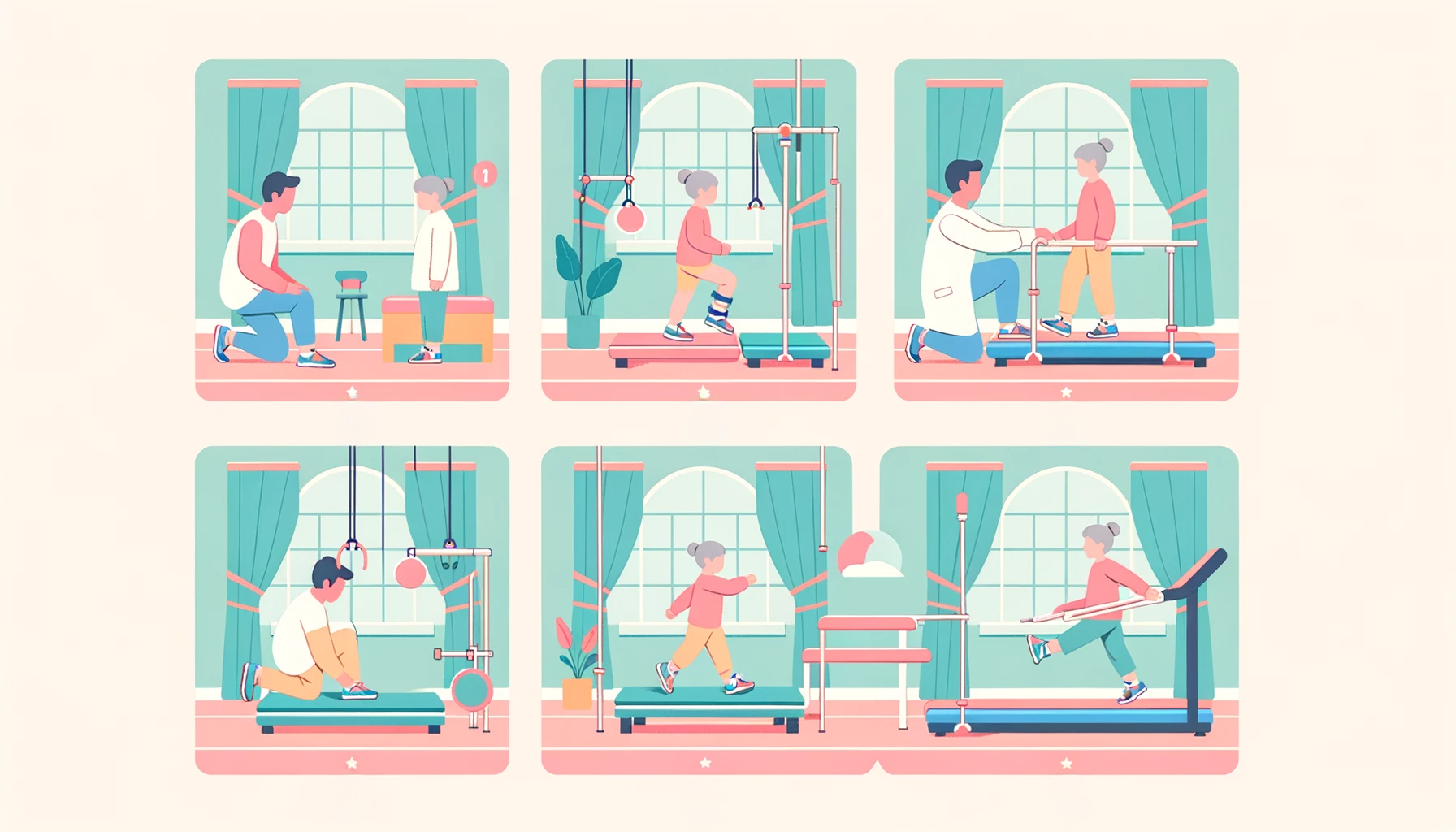DMI and CME as Non-Evidence-Based Interventions
Discover the latest paper on DMI and CME and why it should not be used by clinicians.
"Where is the Evidence? Challenging Therapists to Stop Legitimizing Dynamic Movement Intervention (DMI) and Cuevas Medek Exercises (CME)"
This groundbreaking open-access article in Pediatric Physical Therapy calls for a shift towards truly evidence-based practices. Read it at the link below - it's open access and FREE!
Read the Full Article
Overview
Dynamic Movement Intervention (DMI) and Cuevas Medek Exercises (CME) are therapeutic approaches often used in pediatric physical therapy to address motor delays, particularly in children with neurological conditions like cerebral palsy. While these interventions have gained popularity among therapists and families, their classification as evidence-based practices remains under scrutiny due to limited rigorous scientific validation.
Dynamic Movement Intervention (DMl)
DMI is a relatively new technique, developed as an adaptation of CME, focusing on dynamic exercises to provoke automatic postural responses. It aims to enhance neuroplasticity and motor skill development through repetitive, therapist-guided movements.
- Claims: Proponents suggest DMI improves balance, coordination, and developmental milestones by leveraging the brain's plasticity.
- Approach: Involves structured exercises against gravity, often with minimal support, to challenge the child's motor system.
- Evidence Gap: There is a lack of large-scale, peer-reviewed studies demonstrating consistent efficacy. Most support comes from anecdotal reports and small case studies, which do not meet the threshold for evidence-based practice as defined by rigorous scientific standards.
Cuevas Medek Exercises (CME)
Developed by Ramon Cuevas in the 1970s, CME is an older, more established method that uses gravity-assisted exercises to stimulate automatic motor responses. It emphasises minimal therapist intervention to encourage independent movement.
- Claims: Advocates assert that CME enhances posture, balance, and motor function, particularly in children with neuromotor disorders.
- Approach: Utilizes a standardized sequence of exercises with distal support, focusing on natural reflexes and functional movement.
- Evidence Gap: While CME has been in use longer than DMI, it similarly lacks robust, randomized controlled trials (RCTs) to substantiate its effectiveness. Available literature consists primarily of case reports and observational studies, which provide limited generalizable evidence.
Critical Analysis
Both DMI and CME share a theoretical foundation in neuroplasticity and motor learning, yet their status as non-evidence-based interventions stems from several key issues:
- Limited Research: Neither approach has been subjected to extensive RCTs, the gold standard for establishing causality and efficacy in medical interventions.
- Subjectivity: Outcomes are often measured through therapist observations or parental feedback, introducing potential bias and lacking standardized, objective metrics.
- Comparison to Evidence-Based Alternatives: Established interventions like constraint-induced movement therapy (CIMT), the Stride and Kindy Moves protocols (STRIDE / KINDY MOVES), and HABIT-ILE have stronger empirical support, raising questions about the relative efficacy of DMI and CME.
- Marketing vs. Science: The promotion of these therapies often relies on compelling narratives and testimonials rather than peer-reviewed data, which can mislead families seeking proven treatments.
- Hands on vs Hands off: Manual Facilitation techniques are in stark contrast to the modern neuroplastic approach of self initiation, motivation, patient-led and active learning.
Implications for Families
For parents considering DMI or CME, the absence of solid evidence does not necessarily invalidate their potential benefits but highlights the need for caution:
- Informed Decision-Making: Families should weigh these approaches against therapies with stronger evidence bases, consulting with healthcare professionals.
- Cost and Time: Intensive sessions can be resource-intensive, and without proven outcomes, the investment may not yield expected results.
- Complementary Use: Some practitioners claim to integrate DMI or CME with evidence-based methods, though this hybrid approach also lacks validation.
Conclusion
There's been much debate about therapist-initiated versus patient-initiated movement in paediatric therapy. These approaches have divided paediatric practices into two camps. On one side are therapies like CME, DMI, Vojta, and NDT. On the other are approaches that prioritise patient-led, active learning.
Old-school neuroplasticity theory, rooted in the 1970s, emphasised therapist correction of alignment and movement. Modern science, however, shows we learn best by performing tasks ourselves. This shift champions hands-off, patient-driven learning.
Think about it this way:
🟢 You don't learn to play piano by having someone move your hands; you learn by playing yourself with guidance.
đźź Driving isn't taught by physically steering the wheel for you; the learner must take control.
🔵 Language is best learned through immersion, applying it in real-world contexts.
Active engagement fosters skill development because the learner's brain does the work. As Professor Iona Novak aptly puts it: "Whose brain is doing the work, the child or the therapist?".
While DMI and CME offer innovative frameworks for addressing motor delays, their current classification as non-evidence-based interventions reflects a gap between clinical enthusiasm and scientific substantiation. Until comprehensive research emerges, their use should be approached with critical consideration, prioritising established, evidence-supported therapies where possible.
